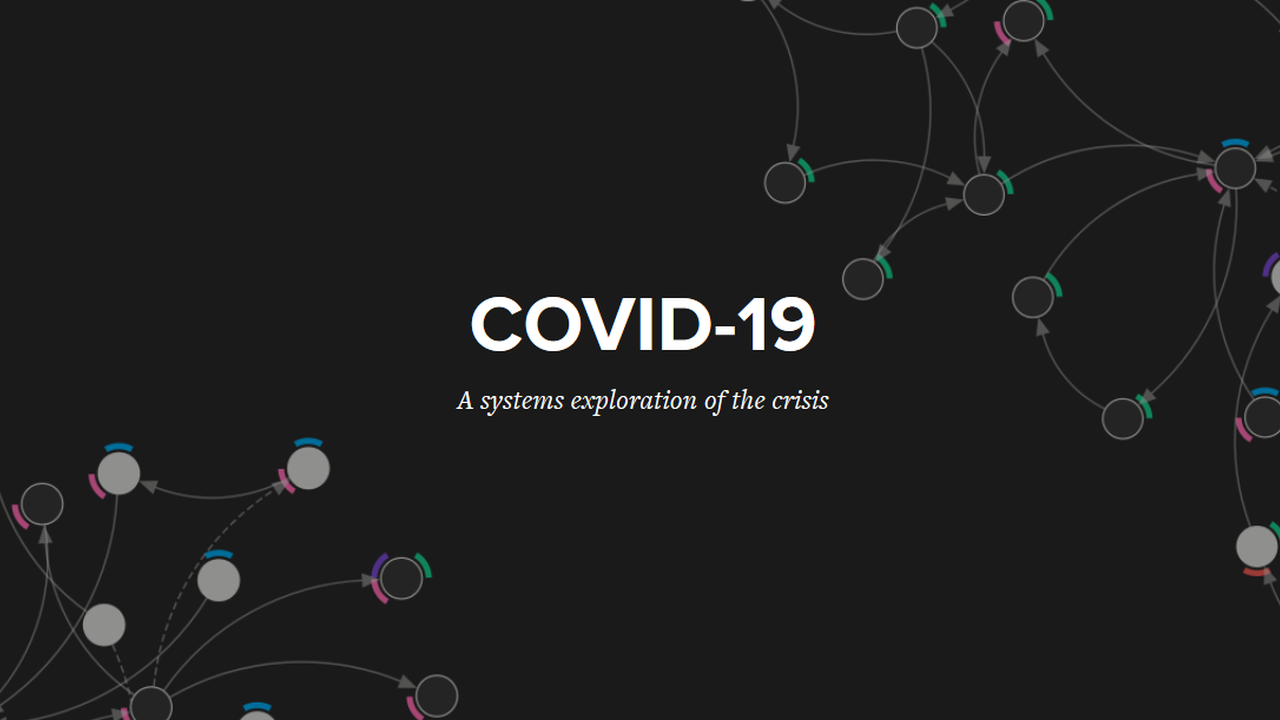
A systems exploration of the COVID-19 crisis
This article is part of a series of articles exploring the COVID-19 coronavirus pandemic from a knowledge management perspective.
Governments across the world have responded to the COVID-19 coronavirus crisis in varying ways. Some have implemented strict lockdowns1, while others haven’t, and we don’t yet know which approach will be best in the end. Then, while lockdown measures have successfully contained the coronavirus in a several countries2, the economic and social impacts of such restrictions have often been severe, sparking a backlash and protests in a number of locations.
These are just a few aspects of the complex system that underlies the COVID-19 crisis. As I’ve previously discussed in RealKM Magazine, simplistic solutions to complex problems such as the COVID-19 crisis are dangerous.
Intervening in one part of the system can fail to successfully address a problem because of the influences of ignored or neglected parts of the system. For example, Singapore was praised for early success in controlling the coronavirus, only to experience a second wave because it had neglected the living conditions of migrant workers.
Further, intervening in one part of the system without considering the impacts that such actions might have on other parts of the system can have unintended consequences. For example, a preprint paper3 reports that changes in cancer service provision to minimize COVID-19 risks to cancer patients and health care workers have led to significant falls in admissions for chemotherapy (45-66% reduction) and urgent referrals for early cancer diagnosis (70-89%) in England and Ireland. The researchers analysed and modelled the impact of such falls, finding that4 they will result in an “estimated 6,270 excess deaths at 1 year in England and 33,890 excess deaths in the US.”
To help an understanding of such complexities, Alex Vipond at Kumu has prepared a system map for the COVID-19 crisis. Each circle on the map is a factor in the system, and each line represents a cause-and-effect relationship between two factors.
Alex advises that the map has been prepared from only about half of the information he has in his ever-expanding COVID-19 reading list. So while it is already starting to look overwhelming, there’s still much more to add!
References and notes:
- Cousins, S. (2020). New Zealand eliminates COVID-19. The Lancet, 395(10235), 1474. ↩
- Gibney, E. (2020). Whose coronavirus strategy worked best? Scientists hunt most effective policies. Nature. ↩
- Lai, A.G. et al. (2020). Estimating excess mortality in people with cancer and multimorbidity in the COVID-19 emergency. ResearchGate. ↩
- As a preprint, the paper has not yet been peer-reviewed, and its findings need to be considered in this context. However, expert reaction to the paper has in general supported the finding of the potential for unintended consequences for cancer patients from the COVID-19 response, despite raising concerns in regard to the accuracy of the analysis and modelling. ↩
Also published on Medium.



